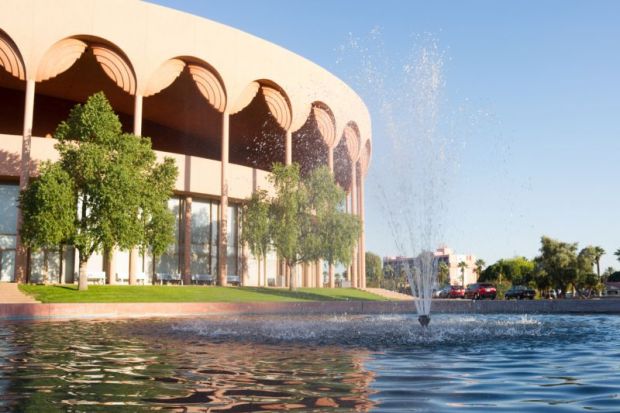Public university presidents in the US earned $501,000 (£388,000) on average in 2015-16, a 5.3 per cent rise on the previous year.
A survey conducted by the Chronicle of Higher Education found that eight leaders of public colleges received pay packages of at least $1 million, up from five the year before.
The highest earner was Michael Crow, president of Arizona State University, who received $1.55 million in total compensation, more than double his $701,200 salary the year before. While his base salary increased by 27 per cent to $838,458 in 2015-16, he also received an annual bonus of $150,000 and a 10-year retention bonus of $550,000, paid by the university’s private foundation.
Just two presidents received a base salary of at least $1 million, and both were based in Texas: William McRaven, head of the University of Texas system ($1.2 million), and Michael Young, president of Texas A&M University ($1 million).
The highest-paid female president of a public university was Judy Genshaft, leader of the University of South Florida, who received $879,506. She is ranked 11th in the overall list of highest-paid leaders.
When looking only at base salaries, Michigan State University’s Lou Anna Simon was the highest-paid woman; she received a $750,000 salary, plus a $100,000 bonus.
A recent survey of UK vice-chancellors’ pay, compiled by the accounting firm Grant Thornton for Times Higher Education, found that university heads received an average package of £280,877 in 2015-16, a rise of 2.2. per cent on 2014-15.
Register to continue
Why register?
- Registration is free and only takes a moment
- Once registered, you can read 3 articles a month
- Sign up for our newsletter
Subscribe
Or subscribe for unlimited access to:
- Unlimited access to news, views, insights & reviews
- Digital editions
- Digital access to THE’s university and college rankings analysis
Already registered or a current subscriber? Login









